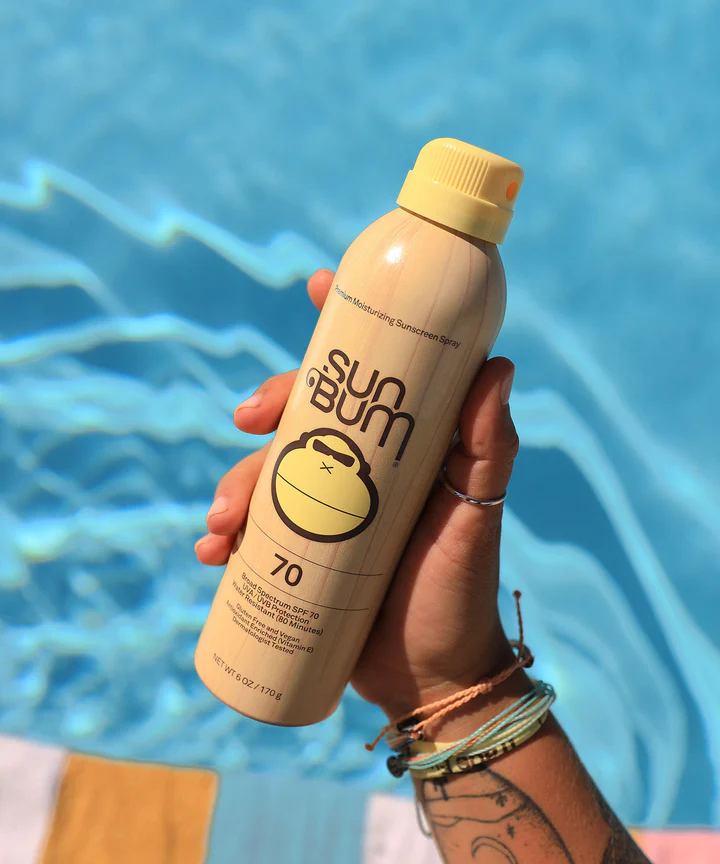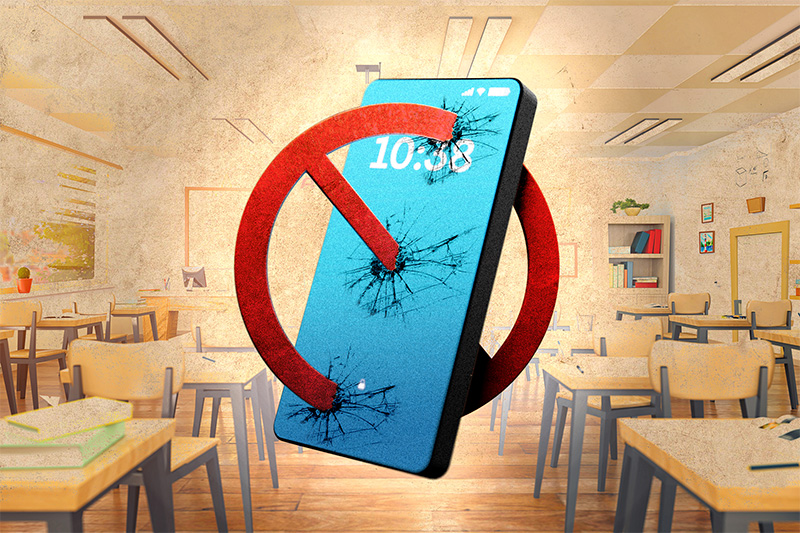Sunscreen. It’s the first thing you grab on the way to the beach, a must before a long time in the sun, and the agonizing minute to put it on is possibly the worst part of a child’s sunny day.
The sun exposes us to ultraviolet rays, which can cause wrinkles, sunburns, and skin cancer. Sunscreen was created to protect the skin from these rays, and the invention of aerosol sunscreens, or sunscreen that can be sprayed onto the skin, in the 1990s made applying it much easier. Instead of spending minutes rubbing sunscreen onto your whole body, spray-on sunscreen provides a quick means to the end, right?
Wrong. Aerosol sunscreen is made mainly of propellant, the chemicals that create pressure to dispense the product. This means you have to spray the bottle for over a minute to cover your body adequately, which defeats the efficiency that aerosol sunscreen might provide. In the end, consumers will likely get only 3 uses out of the whole can if they apply the correct amount. That’s a whole lot of money for propellant.
Spray sunscreens also tend to have nanoparticles that stick to sand and are washed into the sea. These nanoparticles, along with other common ingredients in sunscreen like oxybenzone, can damage coral reefs and other aquatic organisms.
But the issues don’t stop there.
Valisure, a company that provides quality assurance through testing, found detectable levels of benzene in 78 batches of sunscreen from the 294 that they tested, taken from 69 different companies.
The EPA has classified Benzene as a known human carcinogen, or cancer-causing substance, by all routes of exposure.
By all means, all of these benzene-contaminated sunscreens should be avoided. However, spray sunscreens made up the largest amount of these 78 benzene-contaminated batches and many aerosol sunscreens were recalled after the study was shared in 2021.
The FDA released a statement on December 27, 2023, for manufacturers to be aware of benzene contamination in drug products, which includes sunscreens. They are still evaluating the root cause of the contamination, but believe it may be related to ingredients like isobutene and hydrocarbons.
So, it comes down to this. Aerosol sunscreens most commonly use isobutane, butane, propane and other hydrocarbons as propellants, which again, makes up a large part of the can. That isobutane and/or hydrocarbons could potentially cause benzene contamination which could lead to skin cancer. At the same time, these sunscreens hurt the environment and if you use an adequate amount, the bottle just won’t last. And if you don’t use the proper amount, the sunscreen is basically useless and you are left to the mercy of UV radiation. Is buying aerosol sunscreen a way to pay for skin cancer?
By far, the cost of spray sunscreen is on average cheaper than other sunscreen options like lotions and gels. For many households, this cost difference is a huge factor in the sale of aerosol sunscreens.
Yes, aerosol sunscreens are easier, especially for families with busy children or those with mobility issues. Plus, they can be cheaper. But the benefits that aerosol sunscreen provides come with many costs. As companies experiment with new formulas with hopefully cheaper prices, consider sunscreen gels and lotions, even if it might take an extra few minutes.












![Brazil's Neymar walks onto the pitch during his debut for Santos FC in a Sao Paulo league football match against Botafogo, in Santos, Brazil, Wednesday, February 5, 2025 [Andre Penner/AP]](https://bigredhawks.com/wp-content/uploads/2025/04/Neymar-is-Back-e1743558992671.jpg)






